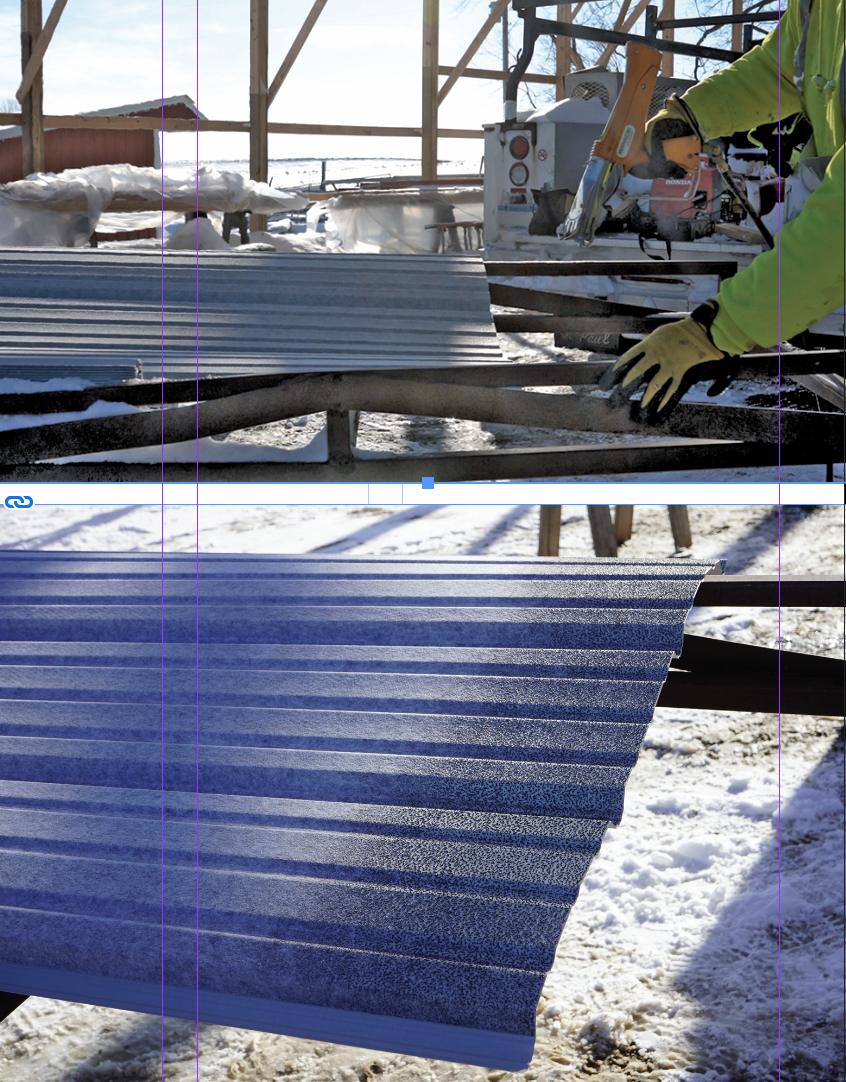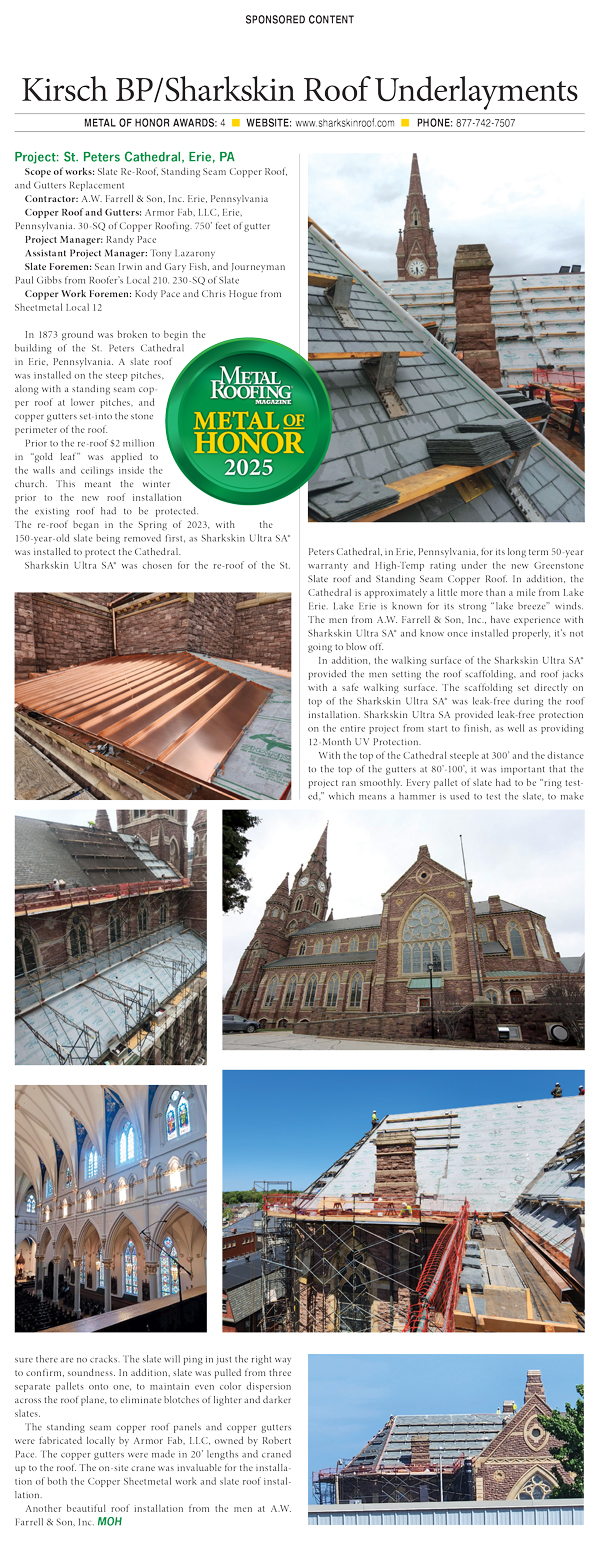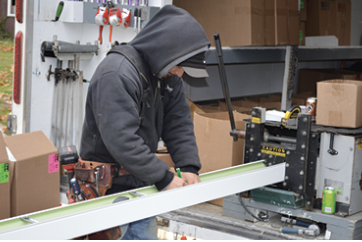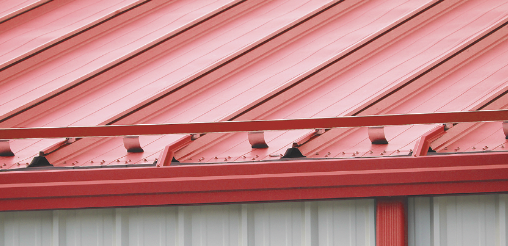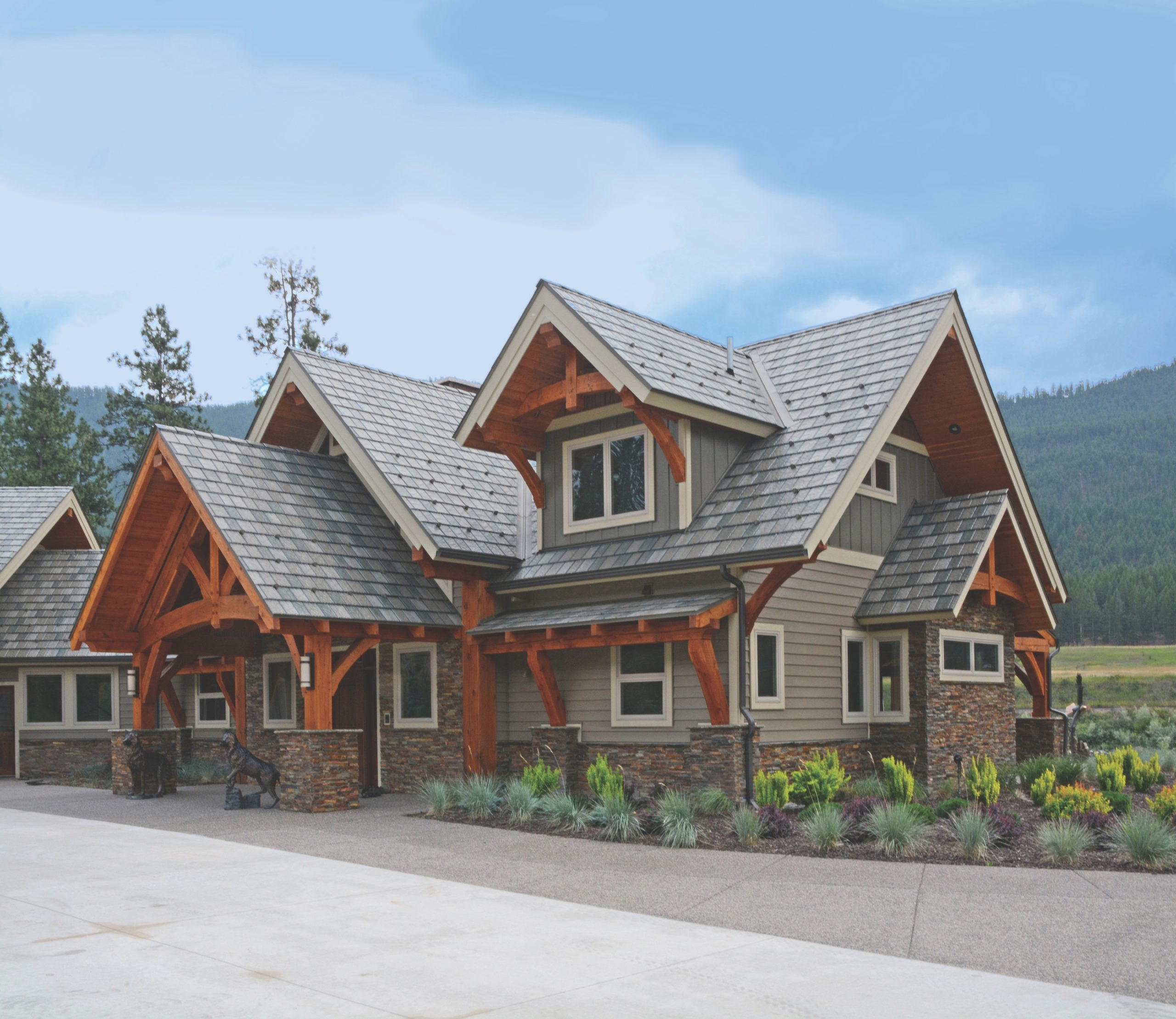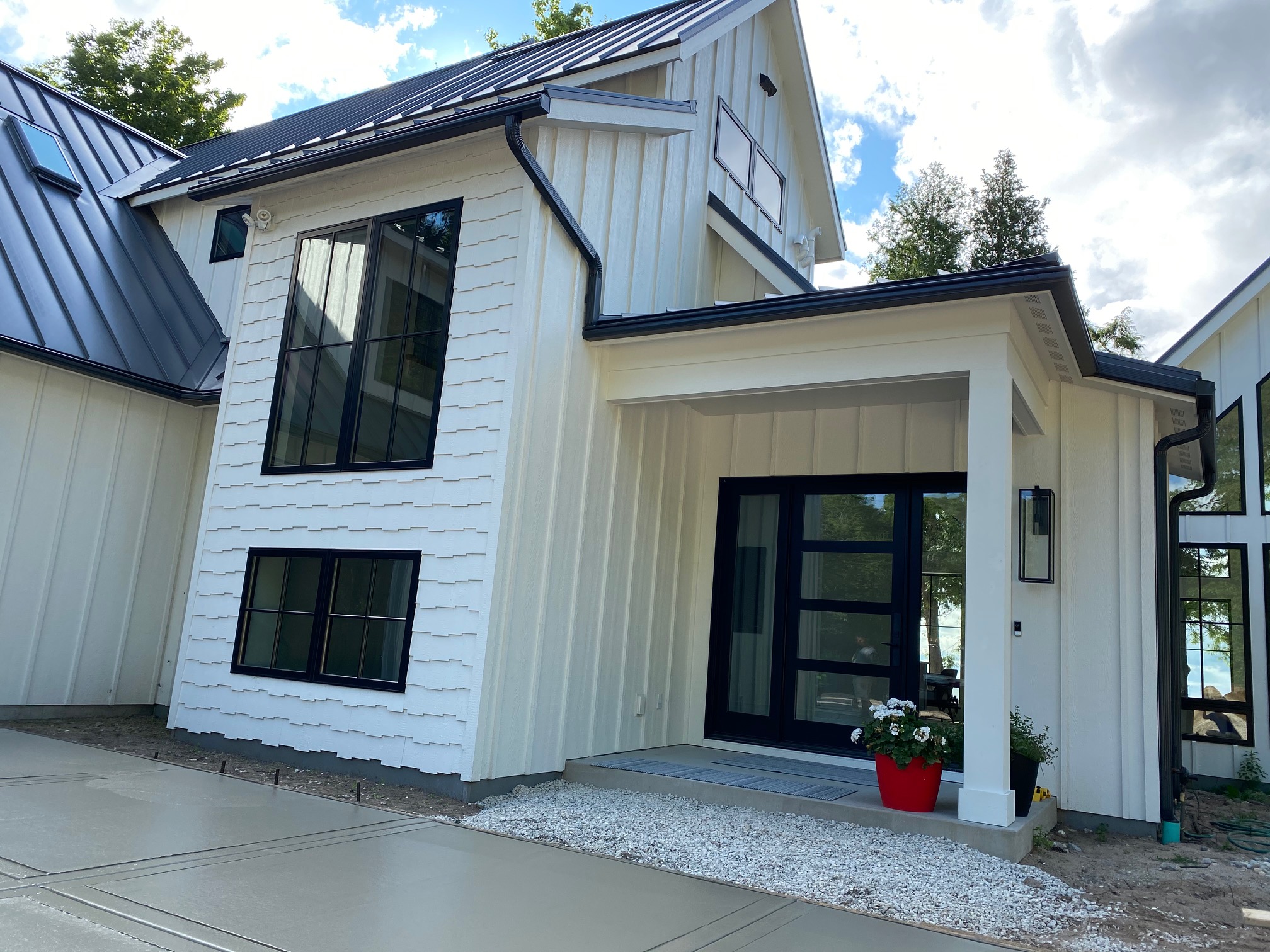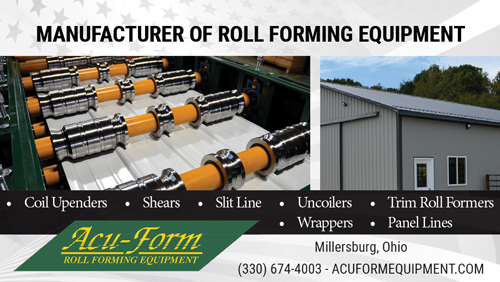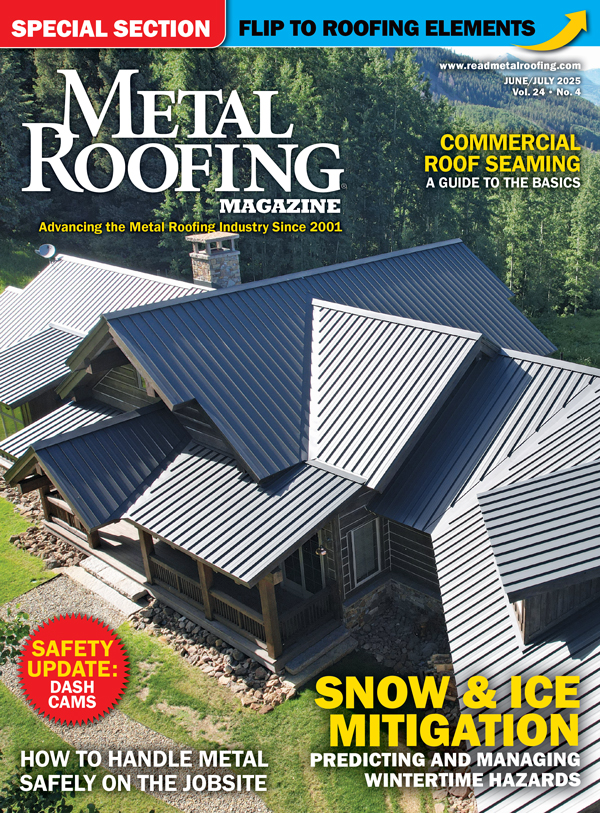You’ve likely heard of DR!PSTOP, a popular condensation control membrane that arrives on the job site already installed on the metal roofing panels. But did you know the manufacturer recommends heat treating, or glazing, portions of the membrane while installing the roof?
According to DR!PSTOP, “We recommend heat treating the edges, eaves, and end laps for a couple of reasons. By itself, DR!PSTOP is resistant to mold and mildew. But as dirty rainwater runs down a roof, organic material can get trapped in the air pockets in the membrane. These organics provide food for mold and mildew to feed off of and grow from. Besides hurting the appearance, this mold and mildew can spread once it takes hold. This can accelerate the second problem, which is wicking moisture into the building.
“Glazing prevents the wicking of moisture back up (which can slow the evaporation process). On end laps (panels lapped over each other from ridge to eave, typically found in wider buildings where a single panel length is not possible), heat treating keeps the water from wicking in as it runs down the roof during rain or snowfall. Holding water on a panel like this can void manufacturers’ warranties.”
step-by-step guide to glaze the necessary portions of moisture membranes:
1. Since the material is polyester, it melts when heated by either a heat gun or open flame. The key is to melt the material completely until it looks like dots. We recommend using a heat gun for safety purposes. End laps are typically done before the panels are on the roof, either on the lift or on sawhorses set up for this purpose.
2. Move the heat gun over the target area. When using a heat gun, place it approximately 1″ to 2″ from the material and move the gun constantly over the material until it melts. The material will have a Braille-like or raised dot appearance as it melts.
3. The goal is treat all of the exposed edge and eave material to prevent wicking of the runoff moisture (approximately 2″). After glazing, the material will feel coarse to the touch. While some builders have successfully used other methods, we recommend the heat gun.
There is also a how-to video on their website, which can be found at www.dripstop.com. MR


